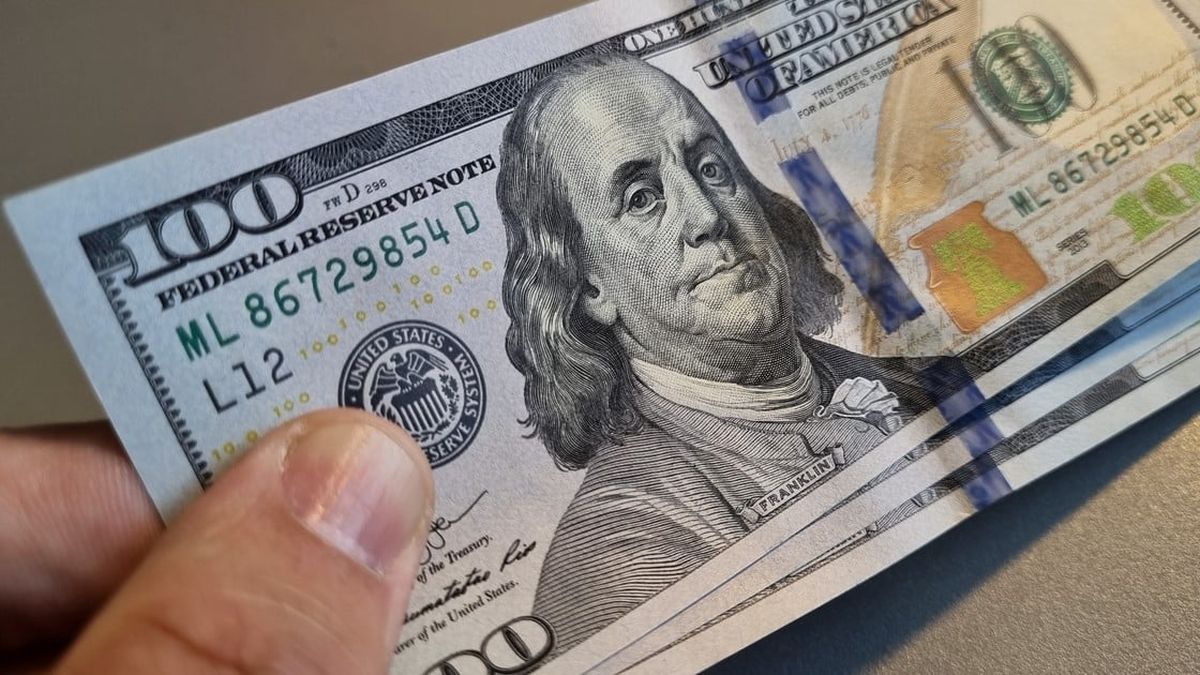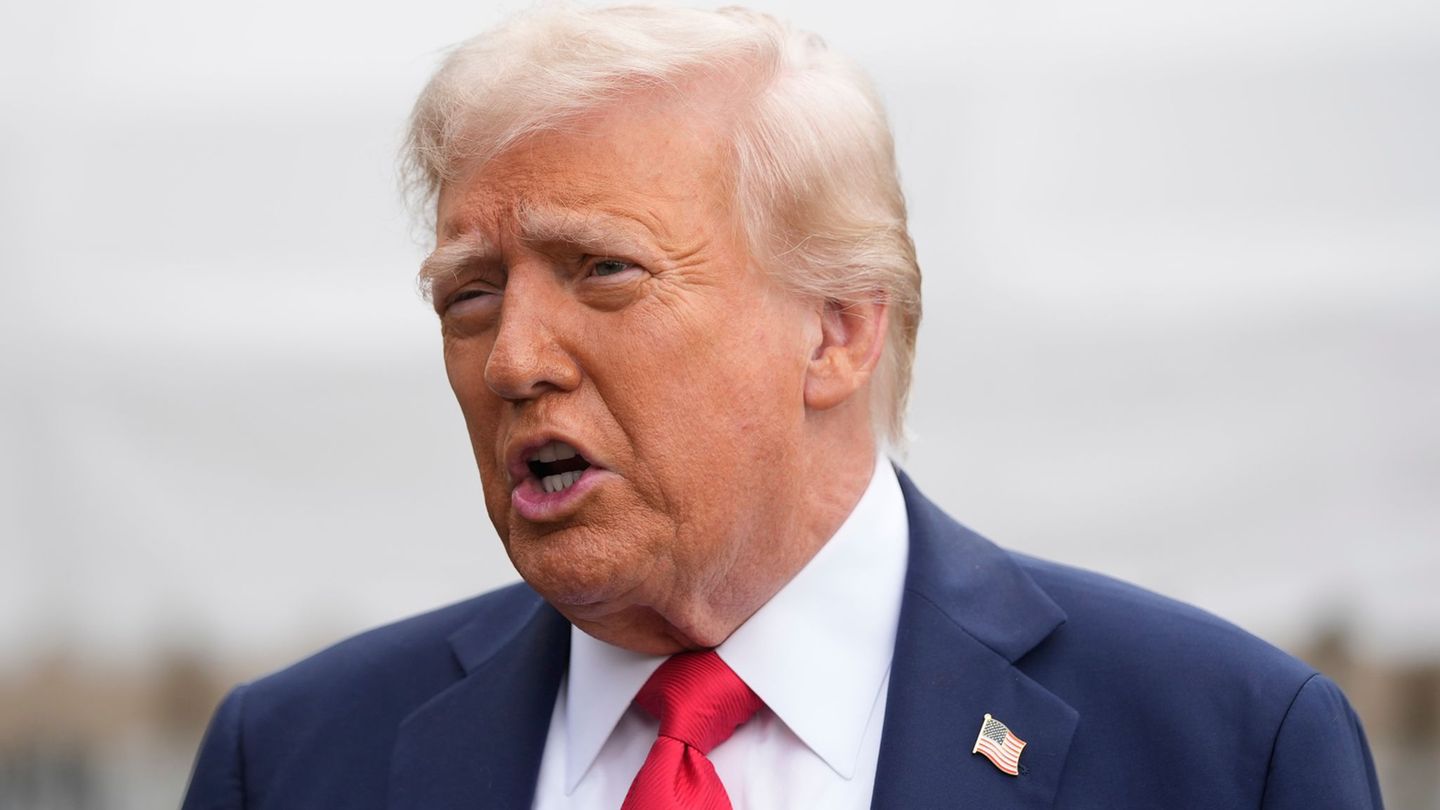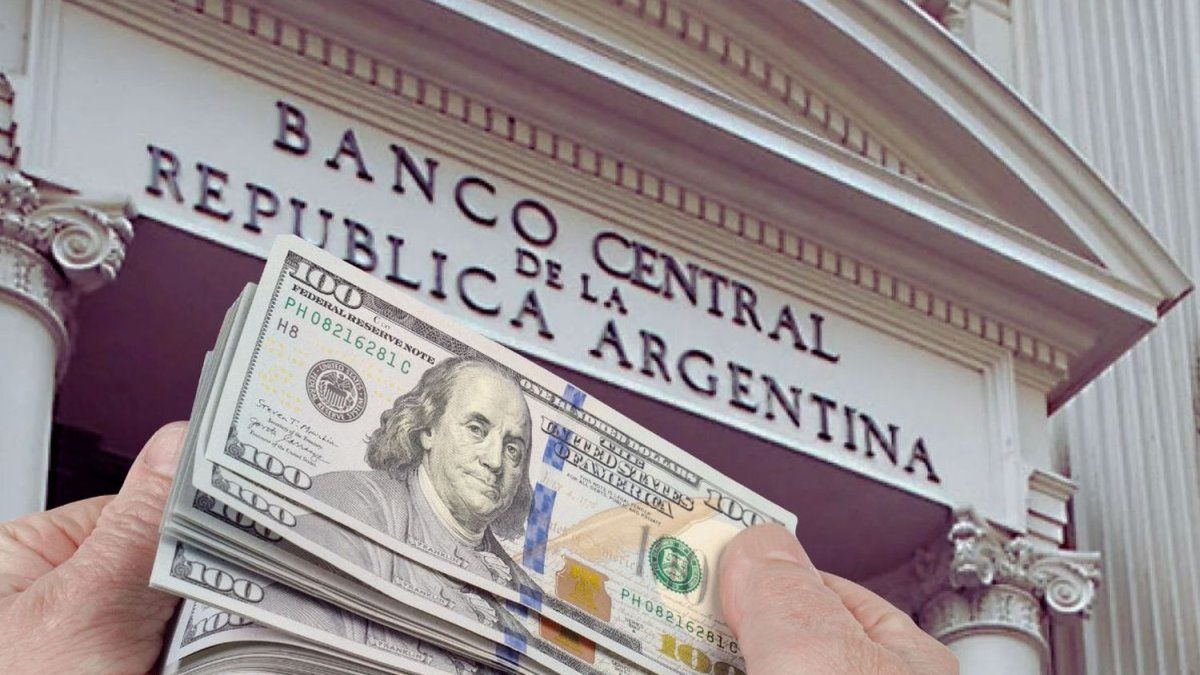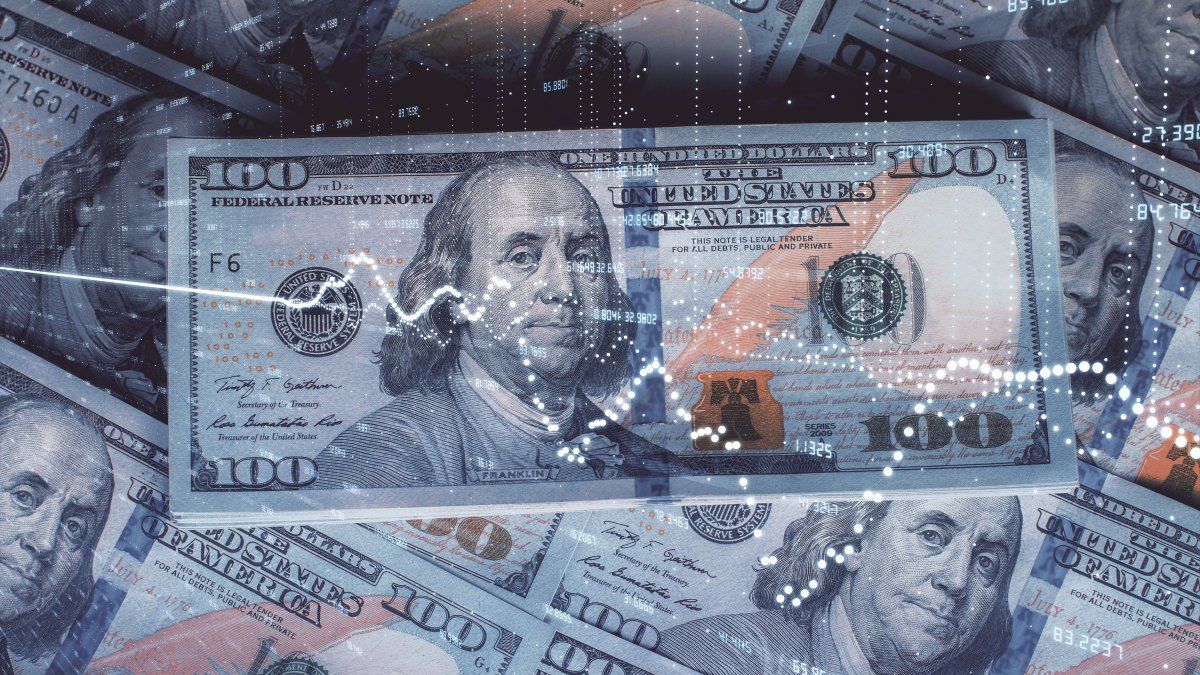The alternative exchange rates They had a hectic day again this Tuesday, when the blue dollar reached $420 for the first time and financiers set new records. This volatility scenario, with the consequent increase in the gap, can impact both the inflation like in the economic activity.
This was reflected in a study by the consulting firm Sarandí, which mentioned the “de facto exchange rate doubling” and the “spread of increases in free dollars over other variables”. “Inflation is the most obvious. Each time the parallel prices accelerate, it is transmitted to internal prices, given the coverage for the risk linked to the replacement cost. The impact of the shocks is asymmetric: it is totally absorbed before jumps, but it is indifferent to the decrease”, they remarked from the firm.
“Similarly, exchange rate noise influences internal activity, because at times of high instability price lists disappear and production is delayed.”, they added from the consultancy, and detailed: “An exchange rate jump with a higher gap could delay the plans of companies and individuals, waiting for periods with less instability”.
Analyzing this situation, Claudio Caprarulo, director of the consulting firm Analytica, pointed out: “The acceleration in the price of parallel dollars, beyond the fact that some are recovering their value compared to how the rest of the prices in the economy had been evolving, is bad news. Because, in an economy in which inflation has a very important component of expectations, and there are restrictions on access to imports, many companies take the price of parallel dollars as the future replacement price of their imports”.
“So obviously the exchange rate gap has an impact on prices and, as this regime of high inflation continues to consolidate, and at the same time no solutions appear regarding the impact that the drought has on the income of dollars, the prices of parallel dollars become more relevant for a greater number of goods and services in our economy”, Caprarulo added to Ámbito.
looks
For his part, Eugenio Marí, Chief Economist of the Libertad y Progreso Foundation, remarked: “A higher exchange rate does not signal a rise in the dollar, but rather a fall in the peso. In other words, the rise in parallel exchange rates is not the cause, but the consequence of the loss of value of our currency”.
“Now this doesn’t happen in a vacuum. For example, in Brazil a few weeks ago it took 5.25 reais to buy a dollar. Today 4.98 is needed. We have to see what we are doing. Our economic policy sustains the fiscal imbalance and, annexed, the monetary one. We Argentines see inflation of almost 8% per month, with no prospect of it going down, and so we get rid of the pesos. On the other hand, we have a Central Bank immersed in a nominal race, where it issues to finance spending and sterilizes with remunerated liabilities, increasing the rate (which is future issuance)”, remarked the economist.
This context, argued Marí, “It is a blow to the waterline of economic activity”. “In strategy we talk about ‘the fog of war’; in Argentina we can talk about the fog of inflation. With an increase of more than 100% per year, we have been left without the main computer of any economy: the price system. As there are no reference prices, it is not clear where it is convenient to sink resources and where not. Nor what should be bought and what not. The decision horizon shrinks. And there is less and less space for investment and innovation. The debate ceases to be about how to grow and mutates to how to sustain current production. Something impossible with less and less savings and less investment, ”she stressed.
Meanwhile, the economist Jorge Neyro did not estimate an immediate impact of the rise in alternative dollars on prices and activity: “Currently, prices appear to be a bit ‘ahead’ of financial dollars, at least in the short term.. That said, they should rise much more to affect inflation and activity, due to the uncertainty that a very high gap would generate.
It is that, as Neyro explained, the current “is not the same scenario that occurred in July 2022.” “At that time, financial dollars did affect inflation and activity, but it was due to the gap in highs,” he concluded.
Source: Ambito




